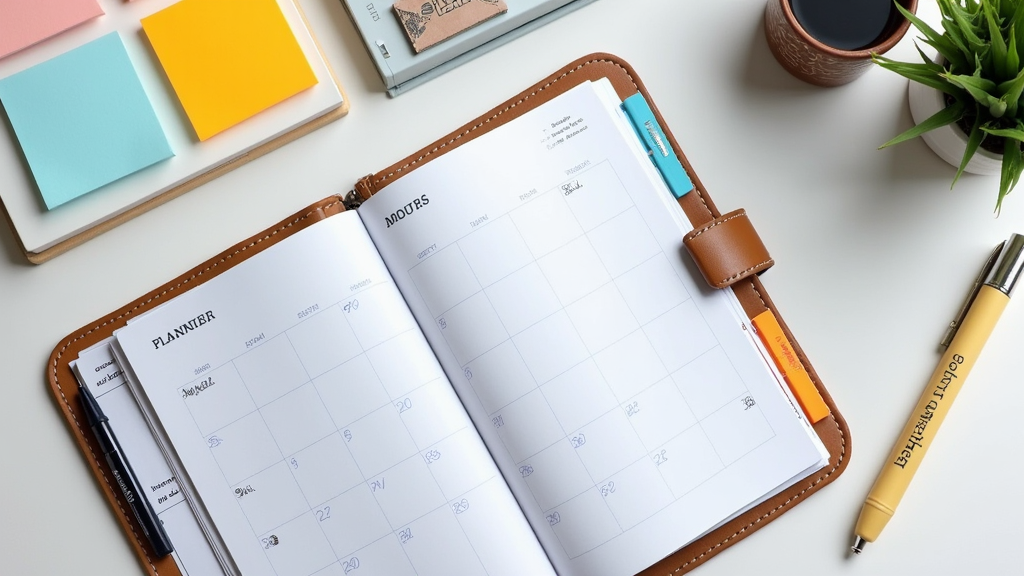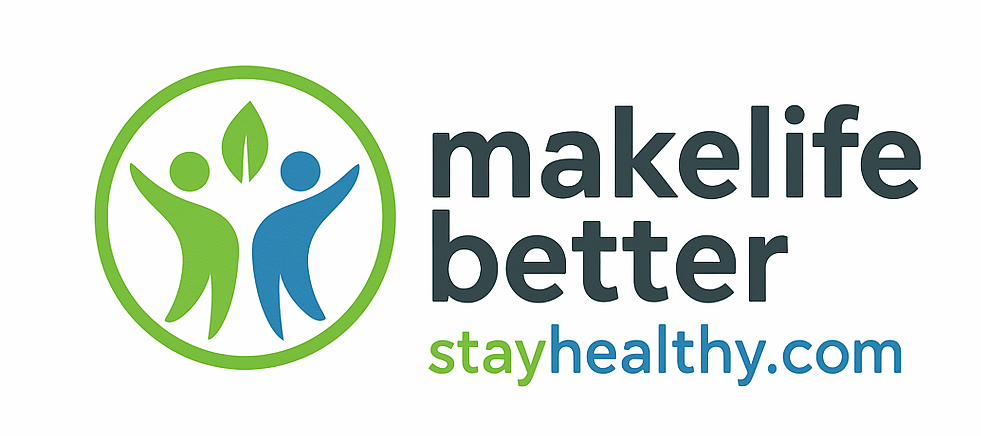Planning Gives You Control
Planning often feels like just another chore on your never-ending task list, but it’s truly one of those things that can completely mix it up for how you approach projects, daily routines, and major life changes. In my own experience, whenever I step back and take a minute to sketch things out, I stop feeling like I’m just spinning my wheels. Whether it’s gearing up for a work presentation or pizza night with friends, having a game plan cuts down on stress and helps you take the wheel.

Why Planning Matters When You Want More Control
When life tosses you curveballs or projects slide off track, it’s easy to get lost in the confusion. Planning gives you a solid route to follow and seriously cuts down on chaos. I’ve noticed that with a rough roadmap, I’m way more confident about what comes next, even if my plan isn’t perfect. Mapping out potential moves and setting priorities means you’re choosing your next steps, rather than just reacting when things go sideways.
You’ll also use your resources—your time, money, and effort—much smarter. Instead of last-minute scrambling and wasted time, you focus energy where it counts, dodging distractions as you go. With a plan in place, it becomes much easier to spot obstacles in advance and think about how to get around them instead of running straight into trouble.
Working with a plan gives real purpose to whatever you’re tackling. Those little tasks don’t feel as overwhelming, and each success, no matter how small, helps build lasting confidence. Confidence grows as you see tasks through, making your approach even stronger for future adventures.
Core Steps to Taking Control Through Planning
Starting to plan doesn’t mean burying yourself in complicated software or endless spreadsheets. Honestly, the basics work wonders, as long as they’re straightforward and actionable. Here’s my go-to list every time I want to steer a situation my way:
- Map Out the End Goal: Know exactly what you want—clarity is key because a fuzzy goal just leads to scatter-brained plans.
- Break Tasks Into Steps: Chop big projects into manageable units. This makes things easier, turning intimidating plans into a checklist you can actually accomplish.
- Figure Out Resources: Work out what you need—tools, people, or even just quiet time—to avoid surprises.
- Set Deadlines: Assign realistic timeframes and leave notes for tracking each step.
- Keep Tabs on Progress: Check in and adjust as you go. If something blocks your way, be ready to mix up your approach.
This guide works for job assignments, vacations, home projects, or even things like savings plans or workouts. The big trick is to experiment, see what fits, and tweak based on what worked or could use a tune-up.
Common Reasons People Skip Planning (And What Happens Next)
Lots of folks skip planning because they think it’s a time sink, or maybe they’re just itching to jump in. Believe me, I totally get being eager, especially if you’ve got a fun project lined up. The problem is, without some kind of plan, projects drift, costs spiral, and instead of making progress, you end up fixing yesterday’s mess.
One of the biggest bumps when you skip planning is decision fatigue. Every little choice gets complicated without some structure. It’s like going grocery shopping while hungry and listless—you buy things you don’t need, skip what you came for, and end up regretting the whole trip.
Even with simple or rough plans, you shave off way more headaches than if you’d just wing things. Planning won’t shield you from every hiccup, but it gives you a better shot at handling whatever the day throws at you—sometimes, that’s all you really need.
Basic Planning Tools That Give You Control
No need for high-tech gear when it comes to planning. Some tools I reach for again and again include:
- Notebooks or Planners: Classic, but incredibly useful. Use them for everyday to-do lists or framing out bigger goals.
- Calendar Apps: Awesome for setting alerts, reminders, and tracking deadlines without clutter.
- Project Boards: Whether that’s sticky notes on a wall or simple digital boards, tracking progress gets way easier and more visual.
The big rule: pick whatever you’ll use. I mix a digital calendar for reminders, a paper journal for brainstorming, and an online board to keep up with team projects. Simple always wins since it keeps you moving.
Real-Life Examples of Planning Bringing Control
Planning has helped me all over the place—at home, at work, and even looking after my health. Taking just thirty minutes each Sunday to set up my week means I spot my most demanding days in advance and shift smaller tasks to quieter times. The result? No more midweek panic or last-second decisions.
A close friend runs a small online business. She used to play catch-up with every order and customer email. When she started mapping out inventory, setting ordering schedules, and writing down her targets, everything ran more smoothly. She had fewer last-minute scrambles, managed her budget more wisely, and was way less stressed.
It works for things like meal prepping too. Planning meals means less cash blown at the grocery store and less worry about what’s for dinner. Same goes for budgeting—laying out fixed expenses and savings goals gives you a clear plan, making it easier to spot extra spending before it becomes a problem. Tracking several small wins each week shows just how much a bit of advanced thinking can smooth the ride.
Challenges to Planning (And How to Beat Them)
Even the best planners hit speed bumps. Here are some common hiccups I run into and my go-to fixes:
- Unclear Goals: Unsure what you want? Spend some extra time considering what success looks like. Zero in before you start mapping steps.
- Distraction Overload: Set aside a little bit of time away from notifications. Put your phone out of reach and focus on just planning.
- Plans Derailed: Sometimes things just fall off track. That’s okay. Instead of dumping your plan, tweak your approach, shuffle steps, and keep moving forward.
- Feeling Overwhelmed: If everything feels like too much, step away for a breather. Come back later and break tasks down into bite-size actions.
Getting good at planning is a habit that grows over time. Every plan you make, win or lose, makes the next round that much smoother. Don’t sweat the hiccups—they’re part of the process.
Eye-Catching Features of Planning That Make Everything Flow Smoother
Planning is so much more than just lining up endless to-dos. A few things that set good planning apart for me:
- Structured But Adaptable: Planning brings order but also leaves room to adjust. Always keep a little space for those inevitable surprises.
- Smarter Prioritizing: With a plan, you quickly spot what’s most urgent and brush aside the time-wasters.
- Motivation Boost: Crossing off tasks feels satisfying and keeps the energy up when you’re dragging.
- Lower Stress Levels: Planning ahead puts out the fires before they start, cutting out late-night anxieties about forgotten jobs.
Those little wins build momentum. When my week is well planned, I notice I’m less stressed, sleep better, and still check off more—and it wasn’t because I worked longer. It’s all about working smarter, not grinding harder.
FAQs About Using Planning to Stay in Control
Some questions pop up often from folks wanting to test out planning for more control in their lives:
Question: What’s the first step I should take to get more control with planning?
Answer: Keep it straightforward. Grab any notebook and jot down your three top priorities this week. Once those are clear, your path starts to appear and you get that all-important momentum.
Question: How do I keep my plans flexible if things change?
Answer: Choose tools or systems that are easy to update. Digital planners or sticky notes on a wall are great for moving things around. Always remind yourself your plan is there to help—not boss you around.
Question: How often should I update my plans?
Answer: It really depends, but checking in daily and doing a weekly reset is usually the sweet spot. This routine helps keep everything fresh so nothing piles up or falls through the cracks.
Bringing It All Together: Making Planning Work for You
Taking charge of your tasks, goals, or even your everyday hustle is so much smoother when you bring planning into the picture. From my own experience, the plan itself doesn’t need to be fancy—it just needs to work for you. With time and regular practice, planning becomes automatic. You’ll find yourself making intentional calls, slashing through stress, and ticking off more wins with less confusion. That’s a win no matter what.

This post really hit home for me. As someone juggling family life, a growing social media presence, and a psychic practice, planning is my lifeline. Your approach to breaking down goals and using simple tools like notebooks and calendars is exactly what I needed to hear. It’s a great reminder that control doesn’t come from doing more, but from doing things with intention. Thanks for the practical insights!
That’s the name game working smarter not harder and doing whatever you need to do to be successful but you gotta have a plan first thanks for the post